Shaolin
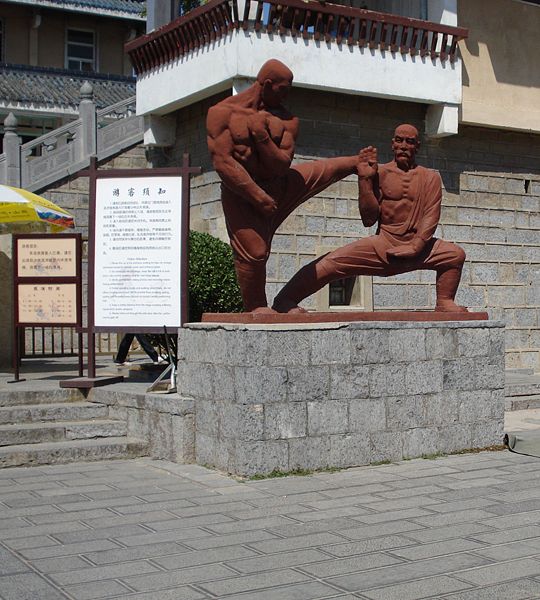
Chinese history states that the Indian monk Bodhidharma (also known as Ta-Mo) is the original founder of Chinese boxing (known as Kung Fu or Wushu). Bodhidharma was the 28th successor of Buddhas and also the son of king Suganchas from Kanshipuarm. During 527 A.D. Bodhidharma traveled to China and became as a student of Prajnatara and he settled in the legendary Shaolin temple. He gathered the majority of the monks and spread the buddhistic theory of Chan. Bodhidharma also developed the well known 18 boxing techniques of Shaolin, which was designed by Bodhidharma, he trained the monks in these techniques as their body condition was weak due to the long hours of meditation. The exercises enhanced the health of the monks, energized their internal organs and added steel their muscles, and as a result in increased their life cycle.
Bodhidharma medititated for nine years sitting quietly in front of a wall in a small cave, during his meditations in the sun, the sun burned his outline into the stone wall. This can be seen when visiting the Shaolin.
During the 621 A.D period, the Shaolin monks had their first battle. The Tang-dynasty experienced an embittered fight which raged between Shimin, who was a north Chinese aristocrat and Wang Shigong. Shimin’s father was the founder of the Tang-dynasty, and also a general of the Sui dynasty. Li Shimin heard about the martial arts methods of the Shaolin monks, he then asked them to fight against Wang Shigong. The monks agreed and in the battle of Qianglingkou the monks drive the troops of the Shigong back. Shimin was then crowned and he was very generous to the Shaolin monks. The Shaolin monk Tang Zong was then appointed as a general and the temple also received a field that was over 40 hectares. Furthermore, the Shaolin Temple received permission to educate its own private army. Thus the term "fighting monk" was created and then the monks of the Shaolin temple achieved a very high reputation China.
The Ming dynasty (1368 -1644) saw an upswing for Shaolin Kung Fu, the temple army was now 2500 strong; the temple Kung Fu applied a variety of techniques. The Ming Dynasty government promoted Shaolin Kung Fu in every possible form, therefore, weapon techniques, Meditation, Chi gong, and all the well-known fist forms of the times were incorporated into the daily trainings program of the monks.
Political change was instrumental in the promotion of Shaolin Kung Fu and aided its development. During the Quing dynasty of 1644 - 1911 combat arts were forbidden, and many of the monks left the monastery to preach buddhism. The prohibition of the Quing dynasty achieved the exact the opposite. The monks in their travels came into contact with some of the old arts of Shaolin Kung Fu while they were spreading the Buddhist teachings. They wrote these techniques down and when they returned to the Shaolin Temple, these new techniques were incorporated into the existing martial arts styles creating and integrating with the existing Shaolin Kung Fu.
Shaolin Kung Fu today is the largest and the most well-known martial arts in China.
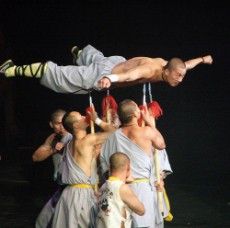 | 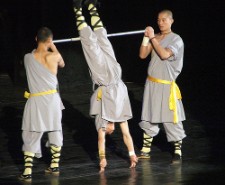 |
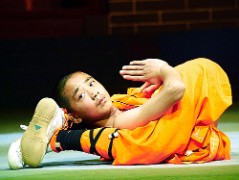 | 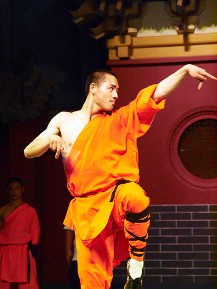 |